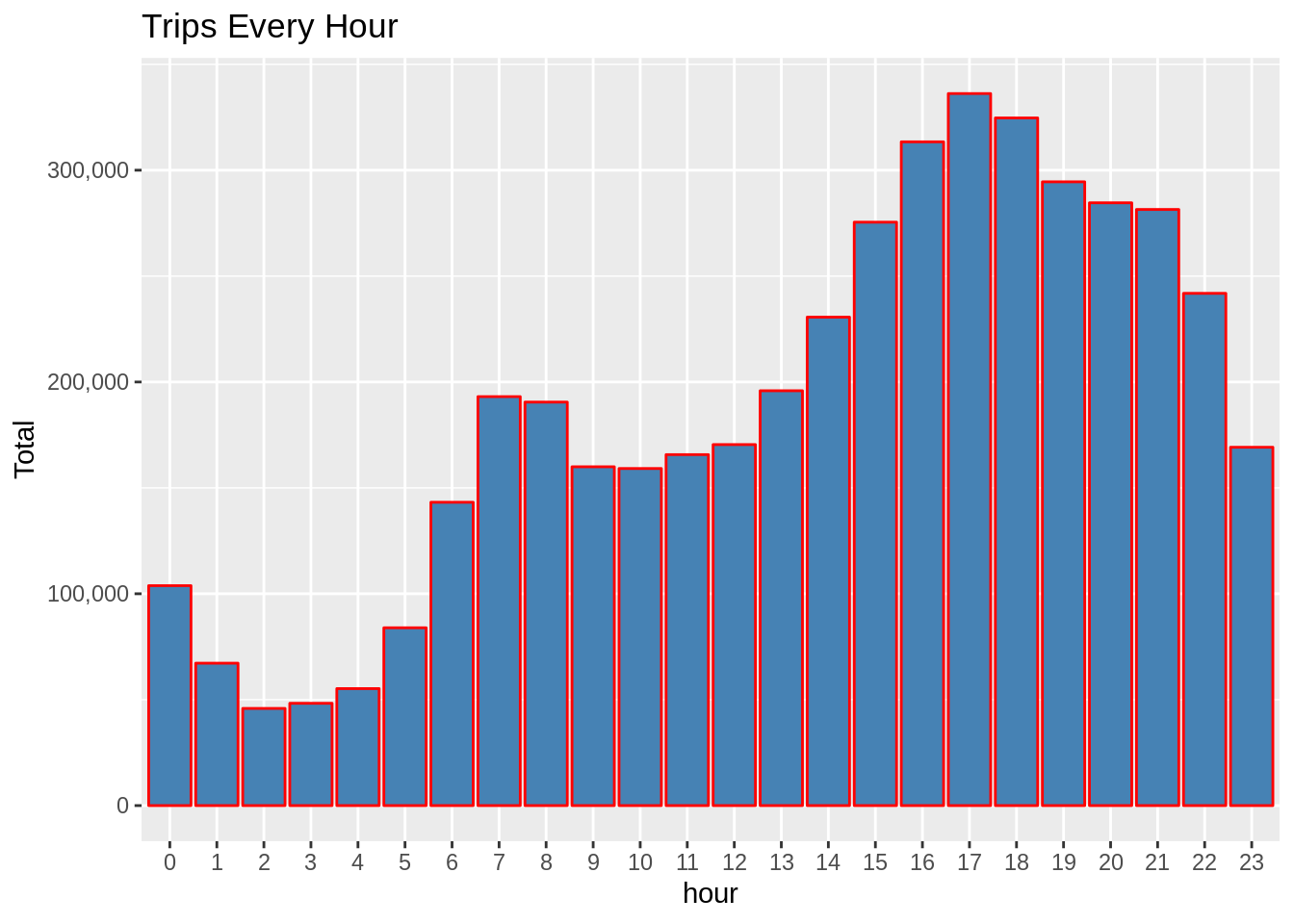

- Dplyr summarize ignore na how to#
- Dplyr summarize ignore na install#
- Dplyr summarize ignore na code#
List of formulas specifying types of summary statistics toĭisplay for each variable. Syntax: groupby (col-name) On application of groupby () method, the summarize method is applied to compute a tally of the total values obtained according to each group. Variable's label is not specified here, the label attributeĪttribute label is NULL, the variable name will be used. list(age ~ "Age", stage ~ "Path T Stage"). List of formulas specifying variables labels,Į.g. If NULL, summary statisticsĪre calculated using all observations. Summary statistics will be calculated separately for each level of the by The names of the new columns are derived. A column name (quoted or unquoted) in data. Grouping variables covered by implicit selections are silently ignored by summariseall() and summariseif(). # Calculate t-statistic for confidence interval: # Confidence interval multiplier for standard error Names ( datac ) <- measurevar names ( datac ) <- "sd" names ( datac ) <- "N" datac $ se <- datac $ sd / sqrt ( datac $ N ) # Calculate standard error of the mean drop = TRUE ) # Collapse the dataįormula <- as.formula ( paste ( measurevar, paste ( groupvars, collapse = " + " ), sep = " ~ " )) datac <- summaryBy ( formula, data = data, FUN = c ( length2, mean, sd ), na.rm = na.rm ) # Rename columns SummarySE <- function ( data = NULL, measurevar, groupvars = NULL, na.rm = FALSE, conf.interval =. # conf.interval: the percent range of the confidence interval (default is 95%) # na.rm: a boolean that indicates whether to ignore NA's # groupvars: a vector containing names of columns that contain grouping variables # measurevar: the name of a column that contains the variable to be summariezed # Gives count, mean, standard deviation, standard error of the mean, and confidence interval (default 95%).
min.age <- df > groupby(id) > summarise(min.min(age, 200, na.rm TRUE).This ensure that age is shown as 200 instead of +Inf when all values are missing.
Dplyr summarize ignore na code#
To use, put this function in your code and call it as demonstrated below. Now one can twist the use of min function slightly.
Dplyr summarize ignore na how to#
How to access data about the current group from within a verb. How individual dplyr verbs changes their behaviour when applied to grouped data frame. This vignette shows you: How to group, inspect, and ungroup with groupby () and friends. Rename the columns so that the resulting data frame is easier to work with dplyr verbs are particularly powerful when you apply them to grouped data frames ( groupeddf objects).

Dplyr summarize ignore na install#
It is more difficult to use but is included in the base install of R. It is easier to use, though it requires the doBy package. It is the easiest to use, though it requires the plyr package. There are three ways described here to group data based on some specified variables, and apply a summary function (like mean, standard deviation, etc.) to each group. You want to do summarize your data (with mean, standard deviation, etc.), broken down by group. A function for mean, count, standard deviation, standard error of the mean, and confidence interval.


 0 kommentar(er)
0 kommentar(er)
